The three best materials for your solar water heater project are copper piping, glass-covered solar collectors, and high-performance insulation. Copper piping offers exceptional heat transfer and durability, ensuring efficient and long-lasting performance. Glass-covered solar collectors maximize energy absorption while minimizing heat loss, creating a powerful greenhouse effect. High-performance insulation materials, like aerogel or vacuum insulated panels, prevent heat escape and boost overall efficiency. These materials work together to create a robust, energy-efficient system that'll save you money in the long run. By understanding the unique properties of each component, you'll be well-equipped to optimize your solar water heater's design and performance.
Copper Piping
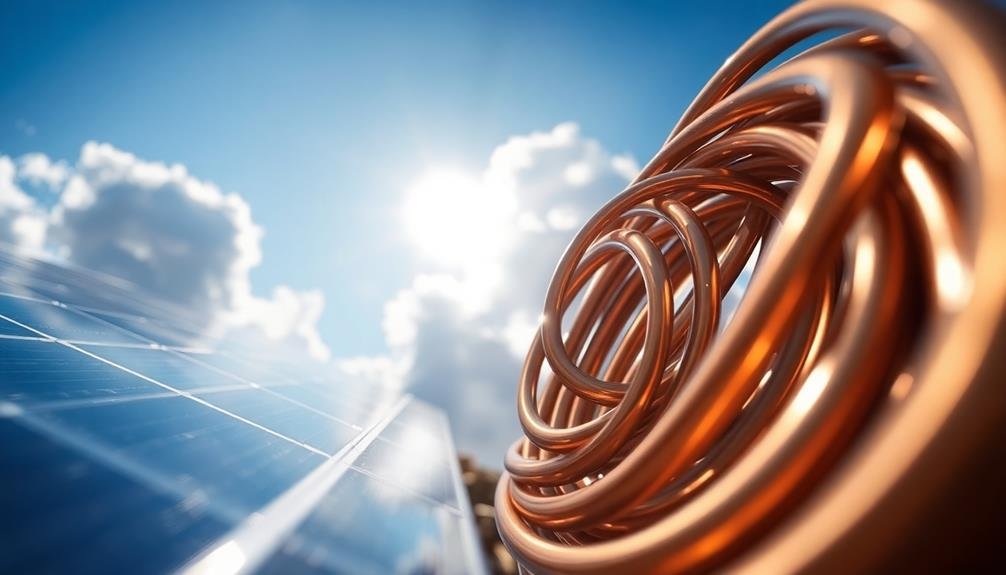
Copper, the golden standard for solar water heater projects. You'll find this versatile metal at the heart of many efficient solar thermal systems. Its exceptional thermal conductivity allows for rapid heat transfer, ensuring your water heats up quickly and efficiently.
Copper's durability means your system will last for decades with minimal maintenance, resisting corrosion and withstanding high temperatures.
When you're designing your solar water heater, consider using copper piping for both the collector and storage tank connections. It's easy to work with, bends smoothly, and creates reliable, leak-free joints when soldered properly.
You'll appreciate its compatibility with various fittings and valves, making installation and future repairs straightforward.
While copper isn't the cheapest option, its long-term benefits often outweigh the initial cost. You'll save on energy bills and replacement costs over time.
Remember to insulate your copper pipes to minimize heat loss and maximize efficiency. If you're in an area with hard water, consider using a water softener to prevent mineral buildup inside the pipes, ensuring ideal performance throughout the system's lifespan.
Glass-Covered Solar Collectors
Moving from the pipes to the heart of solar collection, let's explore glass-covered solar collectors. These vital components maximize solar energy absorption and minimize heat loss.
You'll find that glass-covered collectors typically consist of a dark absorber plate beneath a transparent glass cover. The glass cover serves two important functions: it allows sunlight to pass through while trapping heat inside, creating a greenhouse effect. This design greatly improves the collector's efficiency.
You should choose low-iron, tempered glass for its durability and high light transmission properties. When selecting a glass-covered collector, consider the absorber plate material. Copper and aluminum are popular choices due to their excellent heat conductivity.
The absorber plate is often coated with a selective surface treatment to enhance its ability to absorb solar radiation while minimizing heat loss through radiation. To further boost efficiency, you'll want to guarantee proper insulation around the collector. This prevents heat loss to the surrounding environment.
Fiberglass or polyisocyanurate foam are effective insulation materials. By combining these elements – high-quality glass, an efficient absorber plate, and proper insulation – you'll create a glass-covered solar collector that maximizes your solar water heater's performance.
High-Performance Insulation Materials
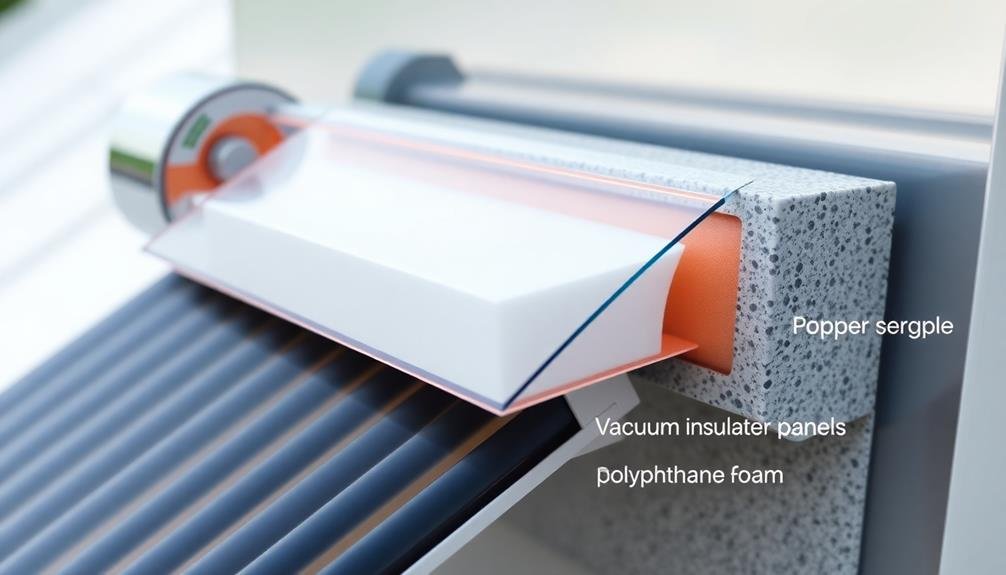
Selecting the right insulation is essential for maximizing your solar water heater's efficiency. High-performance insulation materials can greatly reduce heat loss and improve overall system performance. You'll want to focus on materials with low thermal conductivity and high R-values.
Aerogel is one of the most effective insulation materials available. It's extremely lightweight and has an impressive R-value of R-14 per inch. While it's expensive, it's ideal for space-constrained installations.
Polyurethane foam is another excellent choice, offering R-6 to R-7 per inch. It's versatile and can be sprayed or applied as rigid boards.
Vacuum insulated panels (VIPs) provide superior insulation with R-values up to R-40 per inch. They're thin and perfect for compact designs but require careful handling.
Fiberglass is a more budget-friendly option, offering R-2.2 to R-2.7 per inch. It's easy to install and widely available.
For eco-conscious projects, consider natural materials like sheep's wool or cellulose. They offer decent R-values and are environmentally friendly.
Whichever material you choose, make sure proper installation to avoid thermal bridges and maximize your solar water heater's efficiency.
Frequently Asked Questions
How Long Does a Typical Solar Water Heater System Last?
You can expect your solar water heater system to last 15-20 years with proper maintenance. It's a long-term investment that'll serve you well. Regular check-ups and timely repairs can even extend its lifespan beyond two decades.
What Is the Average Cost of Installing a Solar Water Heater?
You'll typically spend $3,000 to $8,000 installing a solar water heater. Your costs can vary based on system size, type, and location. Don't forget to factor in potential rebates and tax incentives, which can greatly reduce your expenses.
Can Solar Water Heaters Work Effectively in Colder Climates?
Yes, solar water heaters can work in colder climates. You'll need freeze-protection measures like antifreeze fluids or drain-back systems. They're less efficient in winter, but you'll still see energy savings and reduced utility bills year-round.
Are There Government Incentives Available for Solar Water Heater Installations?
Yes, you'll find many government incentives for solar water heater installations. They often include tax credits, rebates, and grants. Check with your local and federal agencies to see what's available in your area. Don't miss out on these savings!
How Much Maintenance Is Required for a Solar Water Heating System?
You'll find solar water heaters need minimal maintenance. You should inspect your system annually, clean the collectors, check for leaks, and replace the heat-transfer fluid every 3-5 years. Most systems last 15-20 years with proper care.
In Summary
You've now explored the top materials for your solar water heater project. By incorporating copper piping, glass-covered solar collectors, and high-performance insulation, you'll maximize efficiency and durability. Don't hesitate to invest in these quality components – they'll pay off in the long run with improved performance and energy savings. Remember, the success of your solar water heater depends on the materials you choose. Get started on your eco-friendly project today!

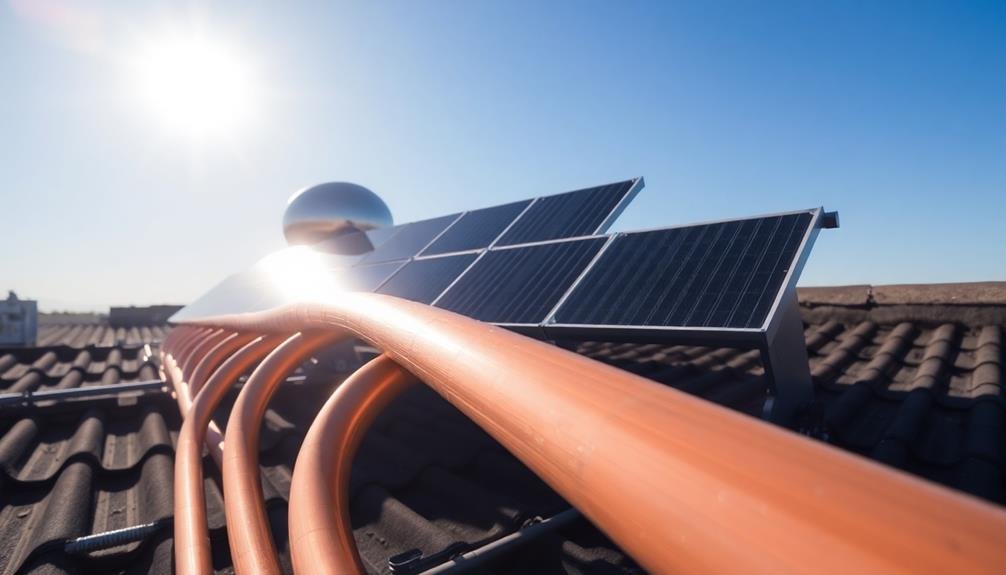
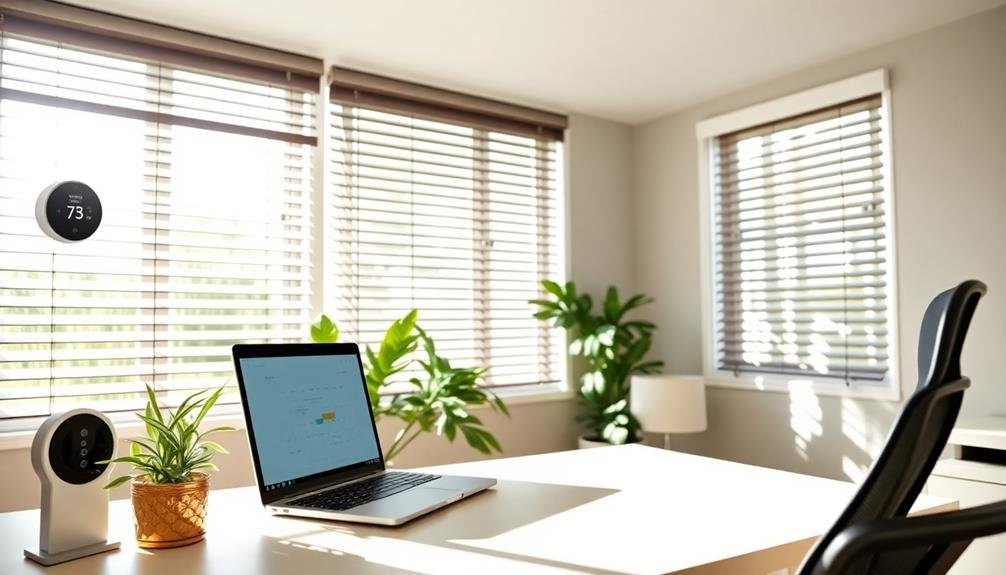
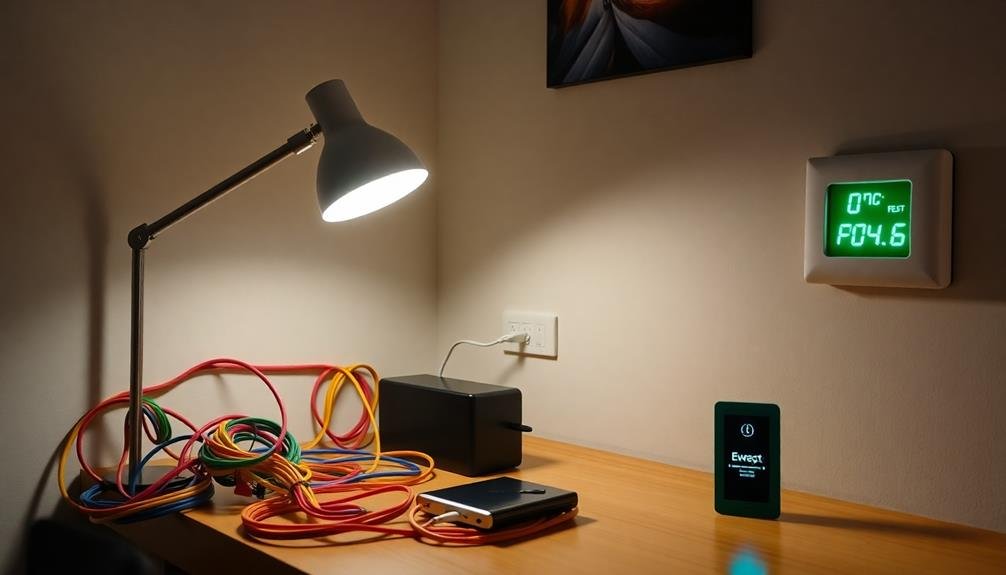
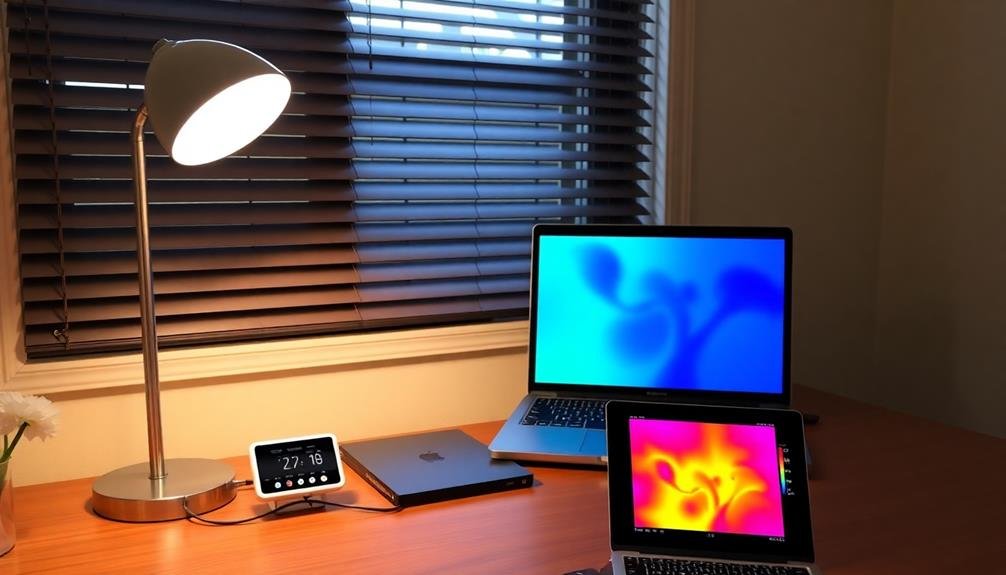
Leave a Reply